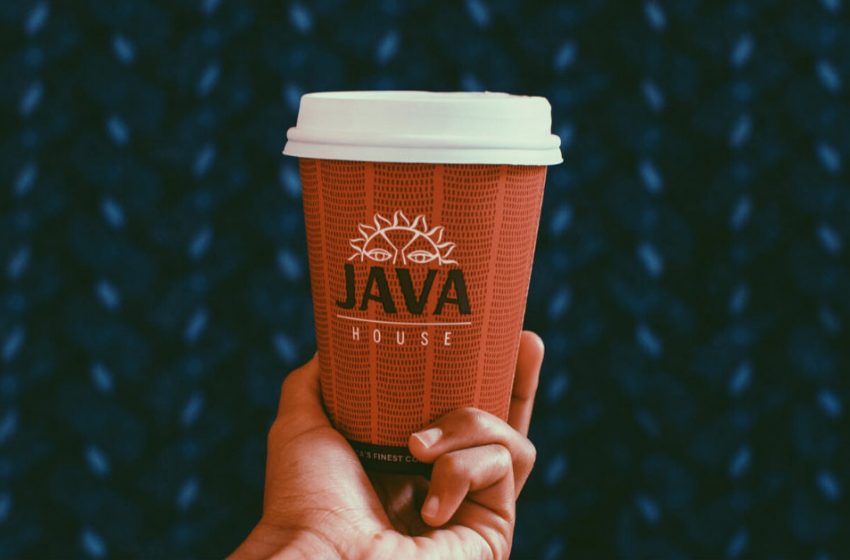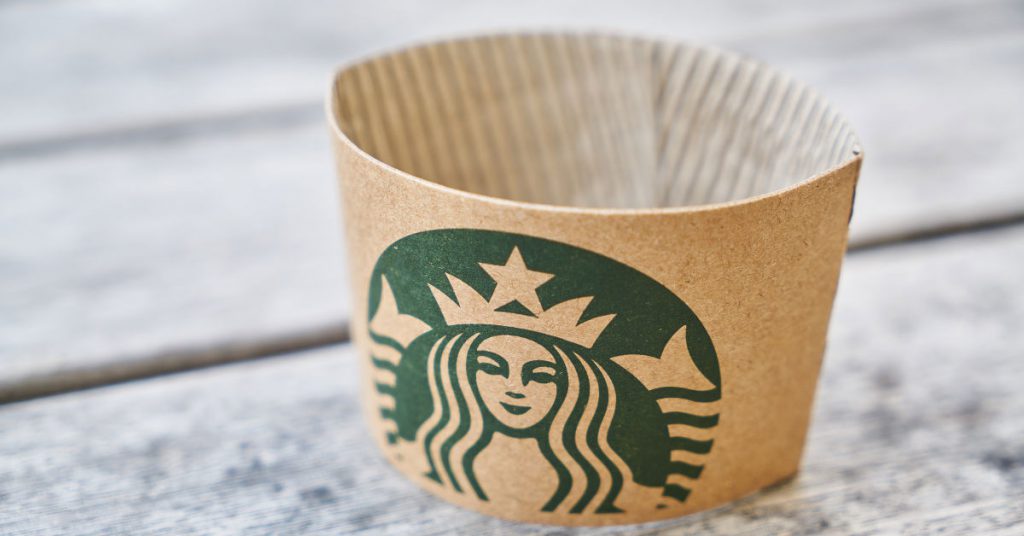Here’s Why Marketing and Branding Are Different

Marketing and branding are two terms often used when talking about efforts to boost business sales. Though some confuse each term for the other and use them interchangeably, these concepts and different from each other. In fact, having a good grasp of both can help you up your game in creating the best creative strategy for your venture.
In this article, we’ll talk about the meaning of marketing and branding. We’ll also look at the differences between marketing and branding and what we can do to make our strategy stronger.
What is Branding?

At its most basic, branding is creating an identity for your business. This includes how people must perceive your venture and your brand’s stance against other players. Are you a cheap solution? Or are your offerings more on the more high-end and high-value side? Knowing the answers to these questions will allow you to build your brand and create marketing strategies around it.
The value of branding can’t be stressed enough. If you’re still building your brand from the ground up, it’s essential to think long and hard about it. According to Entrepreneur, having a strong brand entails knowing who you are and who you want to be. In the same vein, it gives you a clear idea of how to best talk to your market.
What is Marketing?

If branding is knowing who you are, marketing is telling your target market why they should support your brand. The American Marketing Association defines the term as the activity of creating and delivering messages that offer value to one’s community.
In a traditional sense, marketing is linked with basic components known as the Four Ps: product, promotion, place, and price. First and foremost, the product is the main offering a business provides – be it a tangible object, a software, or a service. Promotion, on the other hand, pertains to talking to the audience to spread info about the product. Thirdly, it’s crucial to place the product in a venue – online or offline – where clients can access and purchase them. And last but not least, setting the right price or value for the product is also integral.
What are the Main Differences Between Marketing and Branding?

Here are some of the main differences between marketing and branding:
Development
If developing a marketing campaign requires effort, coming up with a brand identity can be an even more tedious process. For one, branding lays out the groundwork for an active marketing plan. Being clear with one’s identity and positioning can make messages a lot sharper and more focused.
Developing business branding usually entails naming the venture and establishing its vision and core values. The logo is one of the most crucial visual graphic parts of branding. It becomes the face of the brand and reflects what the brand stands for.
On the other hand, developing marketing campaigns involves looking at current trends and exerting effort to make the brand relevant. Thus, brainstorming for campaigns can be less exhausting because you’ll already have the brand identity to anchor to.
Messaging
Another thing that makes the two concepts distinct is the type of messages used to reflect each. Branding involves expressing business identity. Often, this info is there for anyone who might want to know more about the venture.
Marketing, on the other hand, creates messages that reach out to the audience. The goal can be to promote a product or create awareness about new activities. In short, marketing messages adhere to brand identity and doesn’t veer away from it.
Strategy and Tactics
Branding is more often linked to strategy, whereas marketing links to tactics that drive the plan forward. For example, the strategy of building a strong brand identity can reflect on factors such as a winning color palette and responsive web design.
Marketing, on the other hand, uses a variety of tactics to inform the community and ask something in return. This request can be to show support or to buy a product. However, the message may not always be blunt. In fact, some crafty tactics can appeal to the audience without being too obvious.
For example, word of mouth is a marketing tactic that’s more subtle than blunt. By providing a way to easily express how clients liked the product (e.g. social media sharing, free photo booths), the venture allows their customers to do the marketing for them. This can be a very useful tactic as most people trust family and friends’ advice rather than the info they get on paid ads.
Timeline
The length of marketing campaigns may vary depending on their goal. Campaigns by season, for example, can last for as long as a quarter. Flash sales, on the other hand, will only last for a few hours. Thus, marketing campaigns are short-term efforts.
On the other side of the coin, a business’ branding identity typically lasts as long as it exists. Despite being a long-term investment, some ventures may decide to update their branding to keep up with the times. But most of the time, a strong and well-established brand identity can last for decades, even centuries.
Results
Marketing campaign results can be measured right after its run – be it through sales, surveys, Facebook likes, or social media sharing rate. Campaign results can greatly differ even if they’ve been released just a few days apart.
The results of strong branding, however, is long-term and can continue to rake in sales for as long as possible. For example, Coca-Cola is a well-established brand and consumers are most likely to buy it than a generic cola brand.
How Graphic Design Ties Marketing and Branding Together
Graphic design ties branding and marketing together by creating visuals that reflect long-term identity while expressing short-term goals. A well-skilled graphic designer can create visuals that promote and at the same time, helps branding shine through.


